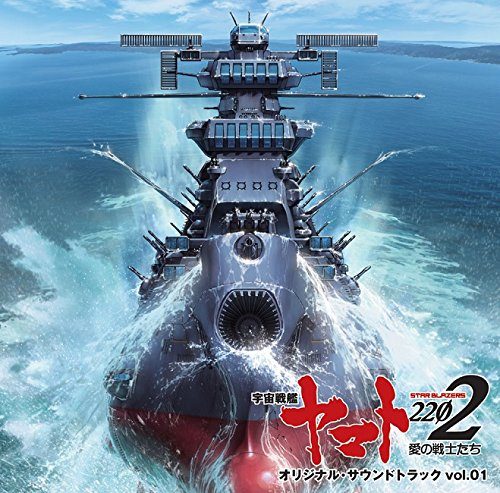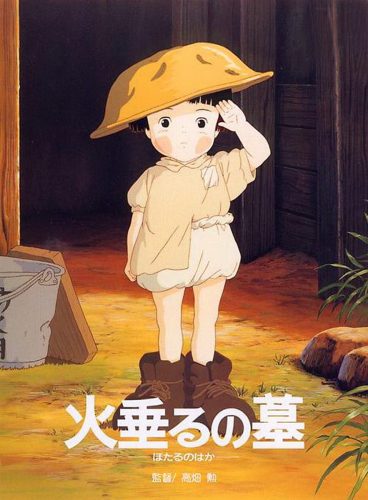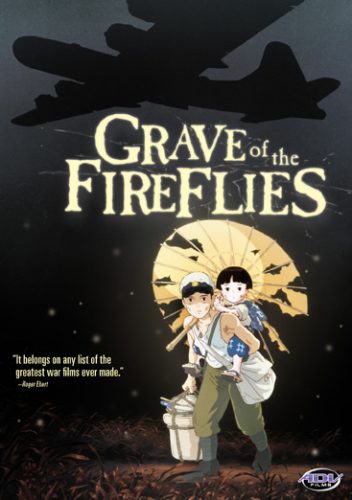
We don’t need to give you a lesson about World War II, but our job is to demonstrate how it relates to anime and manga. We are aware that for those of you who are reading, you all come from different nations and backgrounds, and you learn about the war in your own respective ways and we want to respect that. In addition, many countries like to re-tell its themes through their own art and popular culture, so for today’s article, we thought we’d explore it from the Japanese side with anime and manga.
Different Attitudes
First, how did Germany and Japan handle defeat? With Germany, they denounced what the Nazis did and they have done what they could to admit responsibility. That includes banning people from owning any Nazi paraphernalia. Japan has denounced war through Article 9, but their reaction in comparison to Germany’s hasn’t been as extreme, and it has paved way for how we see anime and manga today.
As we shared, Germany bans just about anything Nazi related, so you can’t exactly own a Nazi medal or service rifle as a collector’s item for history’s sake. However, Japan has not gone to such extremes. For example, if you go to a hobby store in Japan like Yodobashi Camera, you can open buy models of Japanese World War II fighter jets such as the Mitsubishi Zero-type, or battleships like the Yamato no problem. So, where does anime fit into all of this?
Anime That Uses World War II Relics
Speaking of the Yamato, this relates to Space Battleship Yamato, or Star Blazers in the West. If some of you older folks watched it as Star Blazers, you remember the spaceship as the Argo, but it was actually the Yamato, one of the Imperial Navy’s flag ships during World War II. As to why this ship was used, Leiji Matsumoto probably saw it as a sign of reclaiming their lost patriotism and by using it in anime form, he could modernize it in a more positive way by using the ship as a means to save humanity.
With The Wind Rises, it portrays a fictional account of Jiro Horiguchi, the designer of Imperial Japan’s World War II fighter, like he’s Walt Disney. In reality, Horiguchi was strongly against the war and felt regret that his talents were used for destruction. The movie goes as far as to show his real feelings, but due to his unfortunate contributions, regardless, some Koreans were upset about the movie positively portraying a Japanese man who played this role in World War II. This goes back to why the Yamato was used in Space Battleship Yamato. While the Zero and Yamato planes were tools for war, at the same time, they were seen as symbols of pride for Japanese engineering, which would then later pave way for them to dominate the auto industry from the late-1970s.
We’re not saying that glorifying such planes and ships should give Japan permission to disavow their crimes, nor is it meant to glorify them, but at the same time, we have to understand that Japan is equally as a victim of the war as any other nation involved.
Being Victims

If any event played any influence to anime and manga as we know it, it is without a doubt that the atomic bombings of Hiroshima and Nagasaki. Some notable anime films that directly portray the incidents in Hiroshima are, of course, This Corner of the World and Barefoot Gen. You get the closest thing to a first hand view as to how the events unfolded, and how the citizens suffered during and after the bombing for years to come.
Later on, this event and the Cold War would further be explored in later anime such as Akira and Hokuto no Ken. But before we get into that, there are other anime films that still portray another kind of point of view from the Japanese side during the war, and that is, of course, Grave of the Fireflies. In that film, you see how regular fire bombings were just as deadly and how it turned society and families against each other. In the end, you see how two innocent children died due to the failures of the nation and society just wanting to give in to their greed.
Final Thoughts

Lastly, we have to acknowledge how World War II largely affected the works of Osamu Tezuka, The Godfather of anime and manga. Due to his experiences, he subliminally implemented them into his works. With Astro Boy, it talked about the dangers and benefits of technology. Through Phoenix, he talked about redemption, which symbolizes Japan’s after World War II. In the 1960s, Japanese audiences had Ashita no Joe, which further portrayed how Japan was still going through a difficult recovery and when you get to its ending, you do see how their economic boom was just beginning.
While there are some anime that portray Japan as a victim, there are some anime that do a great job of portraying Japan as a villain. One notable example is Souten no Ken. In this series, you see how the Japanese were cruel to the Chinese and though Kenshiro does want to stay neutral, even he his limits, and it ultimately shows where the world can show up (as it ironically does in its sequel, Hokuto no Ken). With Akira, it shows that if Japan pursues to beef up its military, then it can lead them to a new path of destruction.
While we aren’t saying what Germany is doing is right or wrong with how they deal with their Nazi past, what we’re trying to say is, if Japan took the same path as Germany, we probably wouldn’t have anime or manga as it is today if you can’t portray things such as the Yamato is a ship that saves the world.

